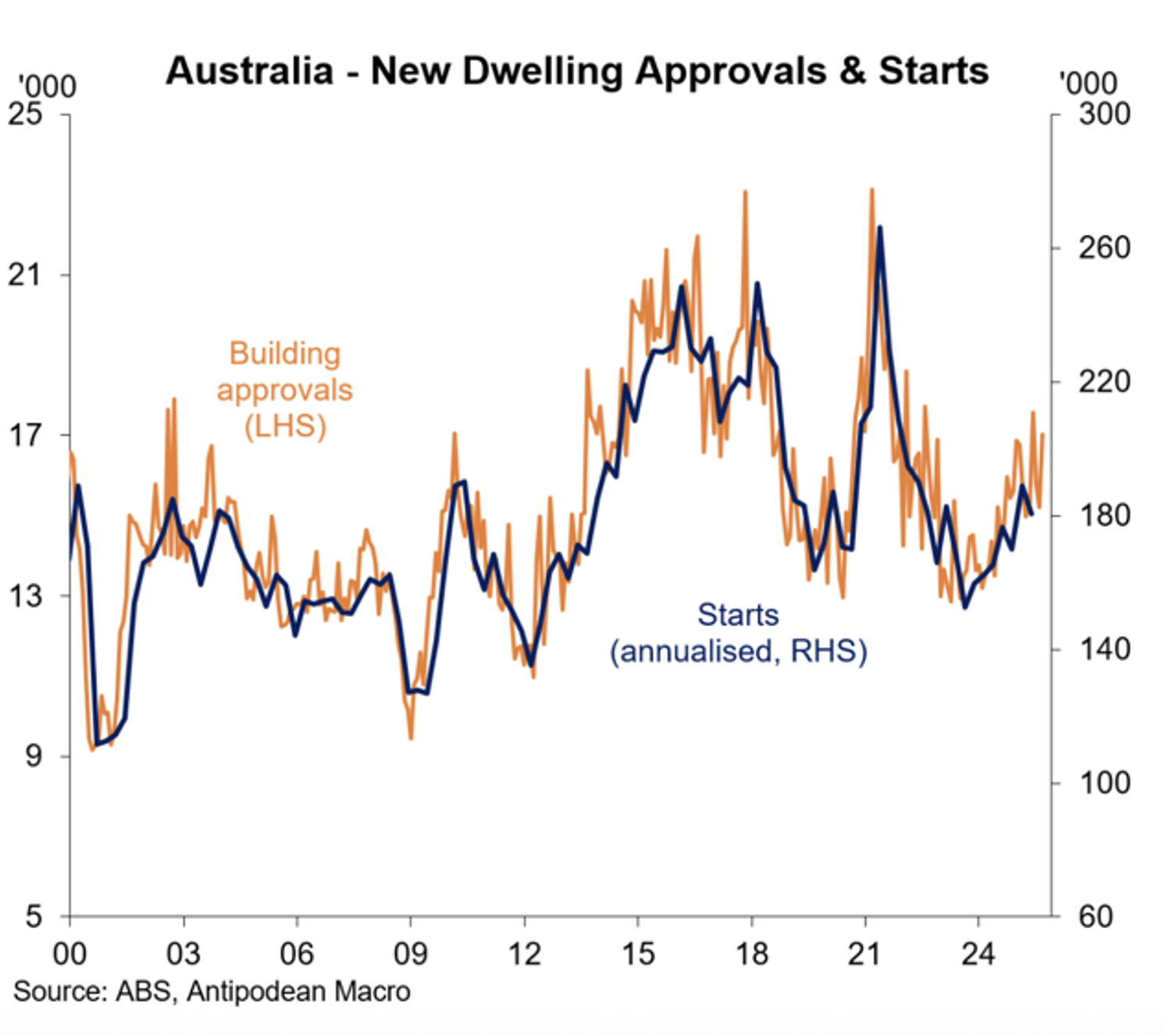The term ‘commercial’ has been synonymous with property for decades. It conjures images of office towers, industrial blocks, and retail precincts. However, in the context of commercial real estate debt (CRED) – part of the broader real estate private credit market – commercial doesn’t describe the building, but rather, the underlying loan transaction. It’s about lending to a commercial borrower, typically a developer, and assessing the quality of the sponsor, the project, risk exposure, and execution. Tom Cranfield, Executive Director of Risk & Execution at Zagga, explains why this distinction matters for investors.
An important distinction
In Australia, private credit has quickly transitioned from an alternative investment to a core portfolio allocation. For defensive, income-seeking investors, private credit has emerged as a safe haven asset class amidst persistent global volatility, favoured for its ability to provide diversification, stable income, and bolster portfolio resilience.
This shift isn’t just cyclical, it’s structural. The Australian private credit market is now valued at approximately $205 billion, with ~$85 billion allocated to commercial real estate loans1. Locally, private credit is experiencing year-on-year growth of more than six percent2, attracting capital from sophisticated individuals through to the world’s largest institutions. The property sector, in particular, is a compelling investment opportunity, boasting 20 years of sustained growth bolstered by the current nationwide housing shortage.
Despite strong tailwinds, a common misunderstanding persists about Commercial Real Estate Debt (CRED) – a subset of the broader real estate private credit market. Many assume ‘commercial’ refers to a type of property. However, within the sector, ‘commercial debt’ refers to the nature of the loan: funding provided to a commercial borrower or business entity – typically a developer – regardless of whether the project delivers residential housing, industrial precincts, or office developments. To us, the most important aspect when deploying capital is the quality of the borrower, the experience of the sponsor, and the structure of the deal.
It’s an important distinction that can help solve for Australia’s mounting housing crisis, while delivering attractive, risk-adjusted returns for investors.

Why terms matter in private credit. Image: Getty.
A ‘commercial’ approach to Australia’s housing crunch
Population growth and immigration, rising construction costs, development red tape, and housing affordability challenges are intensifying Australia’s housing shortage, especially along the Eastern Seaboard. The National Housing Finance and Investment Corporation (NHFIC) predicts a shortage of 106,000 homes by 2027. It is a staggering figure that highlights the urgent need for alternative funding solutions.
As we feel the housing crunch, regulatory and capital constraints have seen traditional lenders – like the Big 4 Banks – pull back from construction and project finance, further compounding supply issues. Private credit has stepped in to fill the gap.
At Zagga, many of our projects involve residential developments – from multi-level residences to boutique senior living and Australia’s most sustainable luxury home. We specialise in the mid-market, with loans ranging from $5 million to $100 million and developments valued between $20 million to $200 million.






Increasingly, experienced borrowers now choose private credit for its commerciality, bespoke loan terms, and specialist expertise that supports complex projects. For investors, private credit offers an attractive, alternative pathway to property providing diversified real estate exposure without the significant, upfront capital outlay – a figure that continues to climb as Australia’s property prices soar.
Put simply, a commercial approach to housing can result in better outcomes for everyone. It unlocks capital and supply by backing quality borrowers; delivers consistent, risk-adjusted returns for investors; and helps solve our nation’s most pressing social issue. Access to housing is a fundamental human right3 and private credit plays an important role in delivering it.
Understanding commercial in context
In private credit, terms matter and understanding ‘commercial’ is fundamental. At its core, it should encompass robust due diligence – borrower experience, project viability and feasibility, and market demand – alongside an investor-first mindset, ensuring capital preservation.
By looking beyond ‘commercial’ as an asset type and, instead, recognising it refers to loans made to ‘commercial borrowers’, investors can unlock significant potential in Australia’s $11 trillion residential sector4. It also opens further opportunity in real estate private credit, a defensive asset class that continues to provide stable income and capital preservation amidst escalating global volatility.
For investors, recognising this distinction is critical: it’s what allows private credit to fund Australia’s housing needs today while offering investors a defensive, income-generating alternative for the future.
1. Alvarez & Marsal Research Report, 2024
2. Nuveen, December 2024 (https://www.afr.com/companies/financial-services/private-credit-continues-rapid-expansion-20241128-p5kuao)
3. UN SDGs
4. Australian Bureau of Statistics, March 2025, Total Australian Residential Dwelling data
This article was developed in collaboration with Zagga, a Stockhead advertiser at the time of publishing.
This article does not constitute financial product advice. You should consider obtaining independent advice before making any financial decisions.





